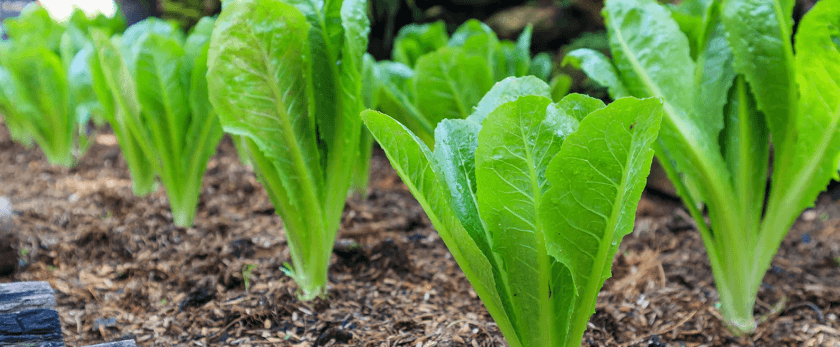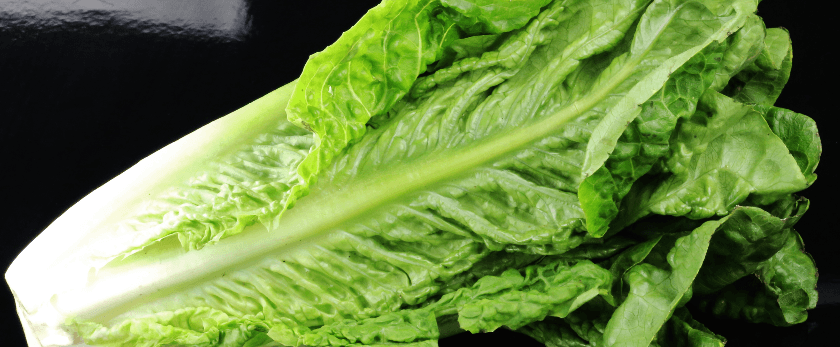Are you looking to add some fresh, crisp greens to your meals while also reducing your carbon footprint? Look no further than growing your own romaine lettuce! Not only is it a delicious addition to any dish, but it is also easy to grow and can be done in a sustainable manner. In this article, we will guide you through the process of growing romaine lettuce, from caring for the plant to common problems and the best time to grow. Let's get started!
How to Care for Romaine Lettuce
Watering
Romaine lettuce requires consistent moisture to thrive, but be careful not to overwater as it can lead to root rot. The best way to water your lettuce is to keep the soil evenly moist, but not soggy. This can be achieved by watering deeply once or twice a week, depending on the weather and soil conditions. It is important to water at the base of the plant, avoiding getting the leaves wet, as this can lead to disease.
Light
Romaine lettuce prefers full sun, but can also grow in partial shade. If you are growing your lettuce in a container, make sure to place it in an area that receives at least 6 hours of sunlight per day. If you are growing it in a garden, make sure to choose a spot that gets plenty of sunlight and is sheltered from strong winds.
Soil
Romaine lettuce grows best in well-draining, fertile soil. Before planting, make sure to amend your soil with compost or organic matter to provide the necessary nutrients for the plant to thrive. If you are growing in a container, make sure to use a high-quality potting mix that is specifically formulated for vegetables.
Fertilizer
Romaine lettuce is a heavy feeder and requires regular fertilization to grow to its full potential. You can use a balanced, organic fertilizer every 2-3 weeks to provide the necessary nutrients. Avoid using chemical fertilizers, as they can harm beneficial soil organisms and leach into the environment.
Pruning
Pruning is not necessary for romaine lettuce, but you can remove any damaged or yellowing leaves to promote healthy growth. Make sure to use clean, sharp scissors to avoid damaging the plant.

What is the Best Time to Grow Romaine Lettuce?
Romaine lettuce is a cool-season crop and grows best in temperatures between 60-65°F. It can be grown in both spring and fall, but it is important to avoid extreme temperatures. If you are growing in a warmer climate, it is best to grow romaine lettuce in the fall when temperatures are cooler. In colder climates, it can be grown in the spring and fall.
Common Problems with Romaine Lettuce
Pests
Romaine lettuce is susceptible to a few common pests, including aphids, slugs, and snails. To prevent these pests, make sure to keep your garden clean and free of debris, as they can provide hiding places for pests. You can also use natural pest control methods, such as introducing beneficial insects like ladybugs or using organic pest control sprays.
Diseases
The most common diseases that affect romaine lettuce are fungal diseases, such as powdery mildew and downy mildew. To prevent these diseases, make sure to provide adequate air circulation and avoid getting the leaves wet when watering. If you notice any signs of disease, remove the affected leaves and treat with an organic fungicide.
Bolting
Bolting is when the lettuce plant produces a tall, flowering stalk instead of growing leaves. This is caused by high temperatures and can make the lettuce taste bitter. To prevent bolting, make sure to grow romaine lettuce in cooler temperatures and provide shade during the hottest part of the day.
Sustainable Disposal Methods
Once you have harvested your romaine lettuce, it is important to dispose of any leftover plant material in a sustainable manner. Here are a few options for responsible disposal:
- Composting: You can add the leftover plant material to your compost pile to create nutrient-rich soil for future gardening projects.
- Mulching: You can also use the leftover plant material as mulch in your garden to help retain moisture and suppress weeds.
- Donating: If you have more lettuce than you can use, consider donating it to a local food bank or community garden.
- Recycling: If you have plastic containers or pots that you used to grow your lettuce, make sure to recycle them properly.
By using these sustainable disposal methods, you can reduce waste and contribute to a healthier environment.
Conclusion
Growing romaine lettuce is not only a delicious addition to your meals, but it is also a great way to reduce your carbon footprint and promote sustainable gardening practices. By following the tips and techniques outlined in this article, you can successfully grow your own romaine lettuce and enjoy the benefits of fresh, homegrown produce. Remember to care for your lettuce by providing adequate water, light, and nutrients, and to dispose of any leftover plant material in a responsible manner. Happy gardening!










